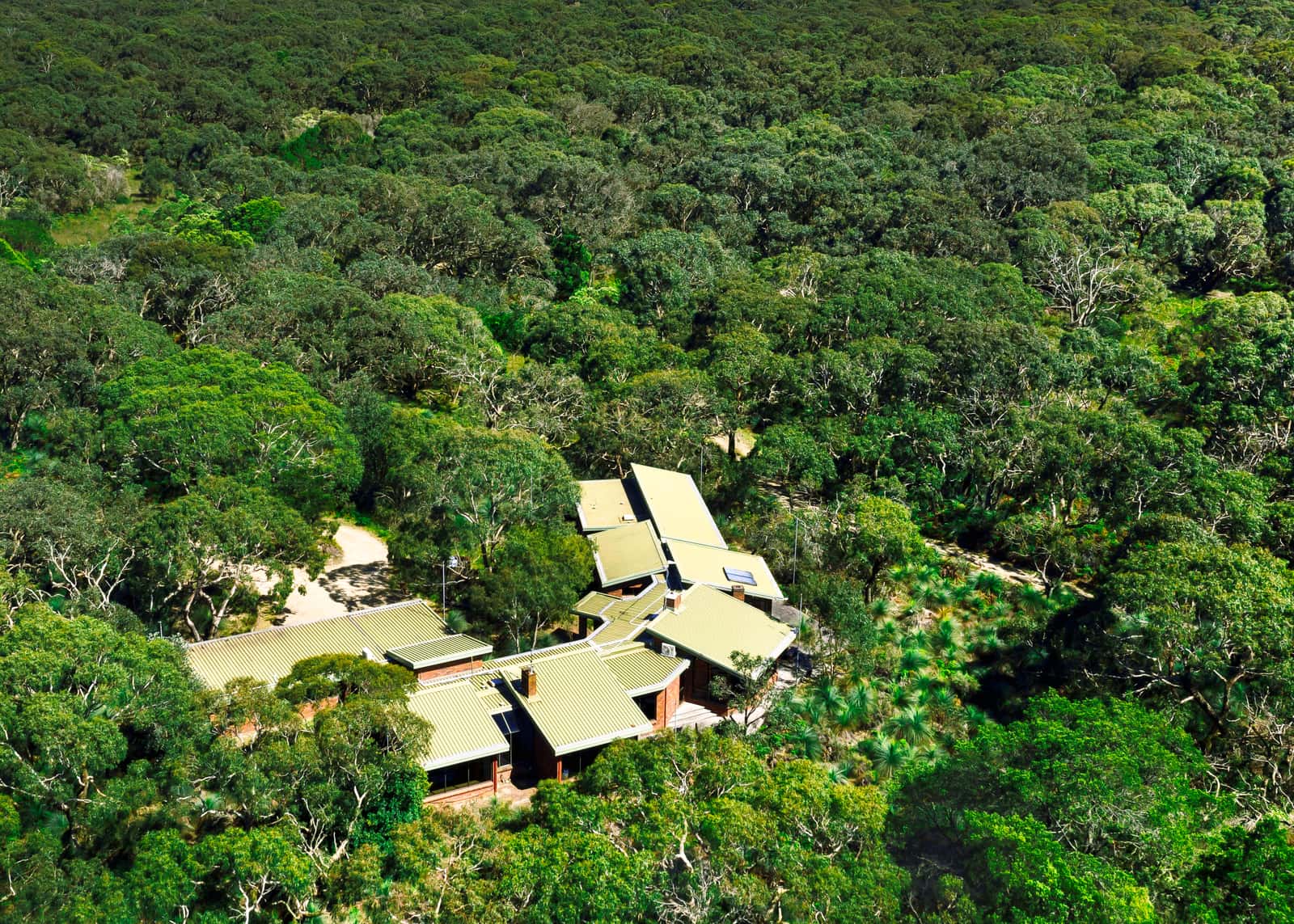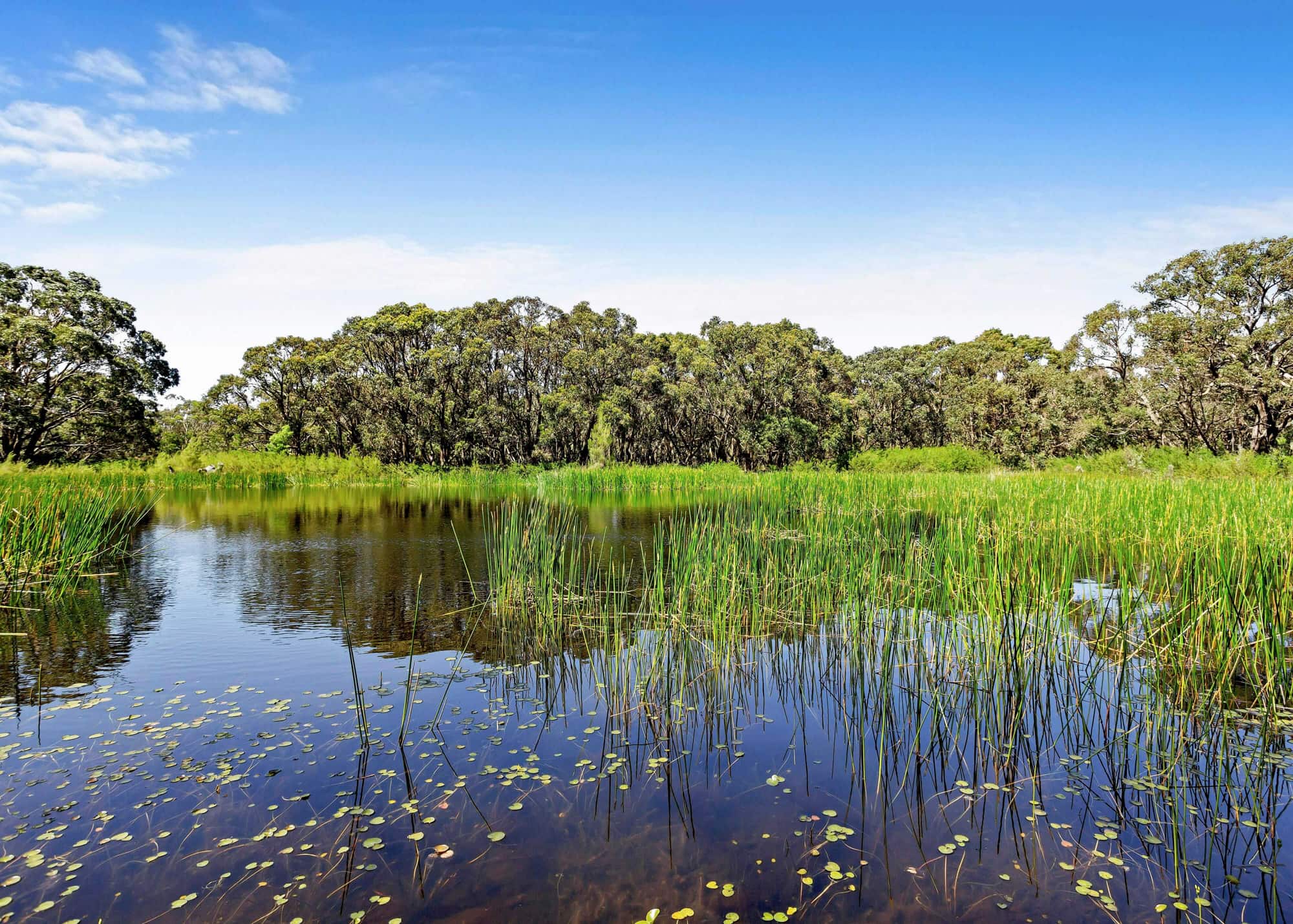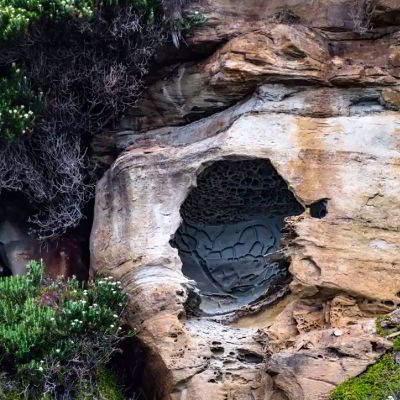
Nestled in one of Australia's most popular National Parks and surrounded by its 4,400 acres of native forest, resides a mainland nature escape like no other.

Boasting several kilometres of private walking trail intertwining various landscapes teeming with wild fauna and flora, guests will experience a tranquil paradise as nature intended—all from the comfort of an architecturally designed accommodation tastefully immersed in Boogoolum's rare and natural splendour.


This utterly unique nature accommodation is protected by a Trust for Nature covenant creating a spellbinding sanctuary for guests to coexist with the abundant wildlife—including koalas, kangaroos, wallabies, bandicoots, parrots, eagles (and hundreds of other species)—which frequent Boogoolum daily.


Tucked away in total seclusion, yet mere minutes from all major attractions, Boogoolum is centrally located amidst everything the Mornington Peninsula has to offer: beautiful bay and surf beaches, charming coastal villages, the hinterland’s gastronomic food trail with world class restaurants and wineries, boutique breweries, golf courses, National Parks, and so much more; with only an hour’s drive from Melbourne, Boogoolum offers unrivalled serenity and seclusion whilst balancing both an incredible location with total escapism, perfectly.
For more information and booking links, please visit:
More Bruny Island Journal
A Spin of a Coin - Bruni D'Entrecasteaux
Following the coastline of Bruny Island, you might chance upon a rock formation that bears a striking resemblance to one of the great explorers in history.
The Solitude of birds
Perhaps it is something about the island that makes us like birds, both happy in our solitude and eager for a chat.
Use of CAD technology for the restoration of Te Rapunga
This video shows how CAD technology is being used for the restoration of Te Rapunga.
Rare Azure Kingfisher spotted on Bruny Island
The Tasmanian Azure Kingfisher is endangered and endemic to Tasmania, and very rarely seen on Bruny Island.



